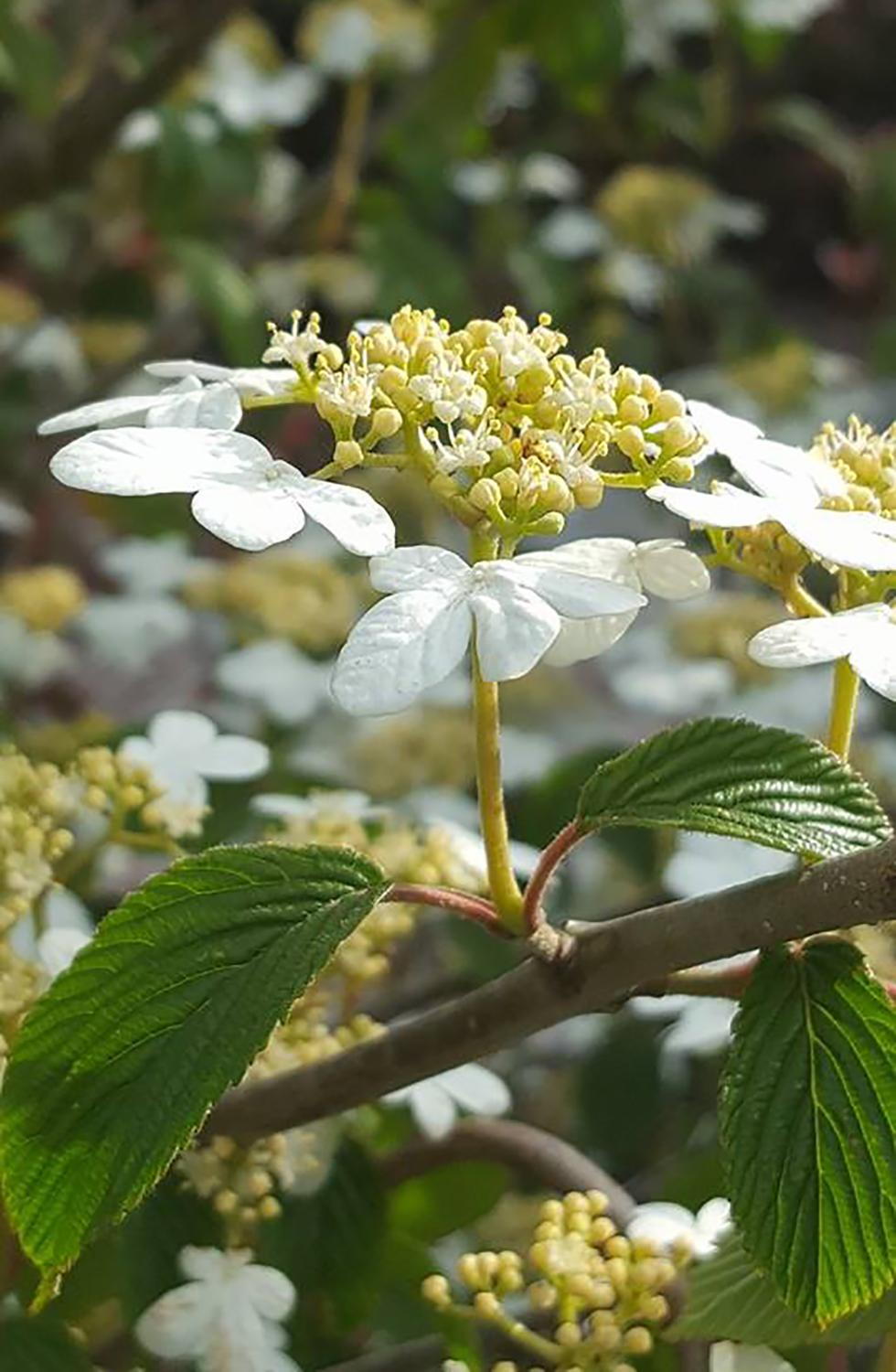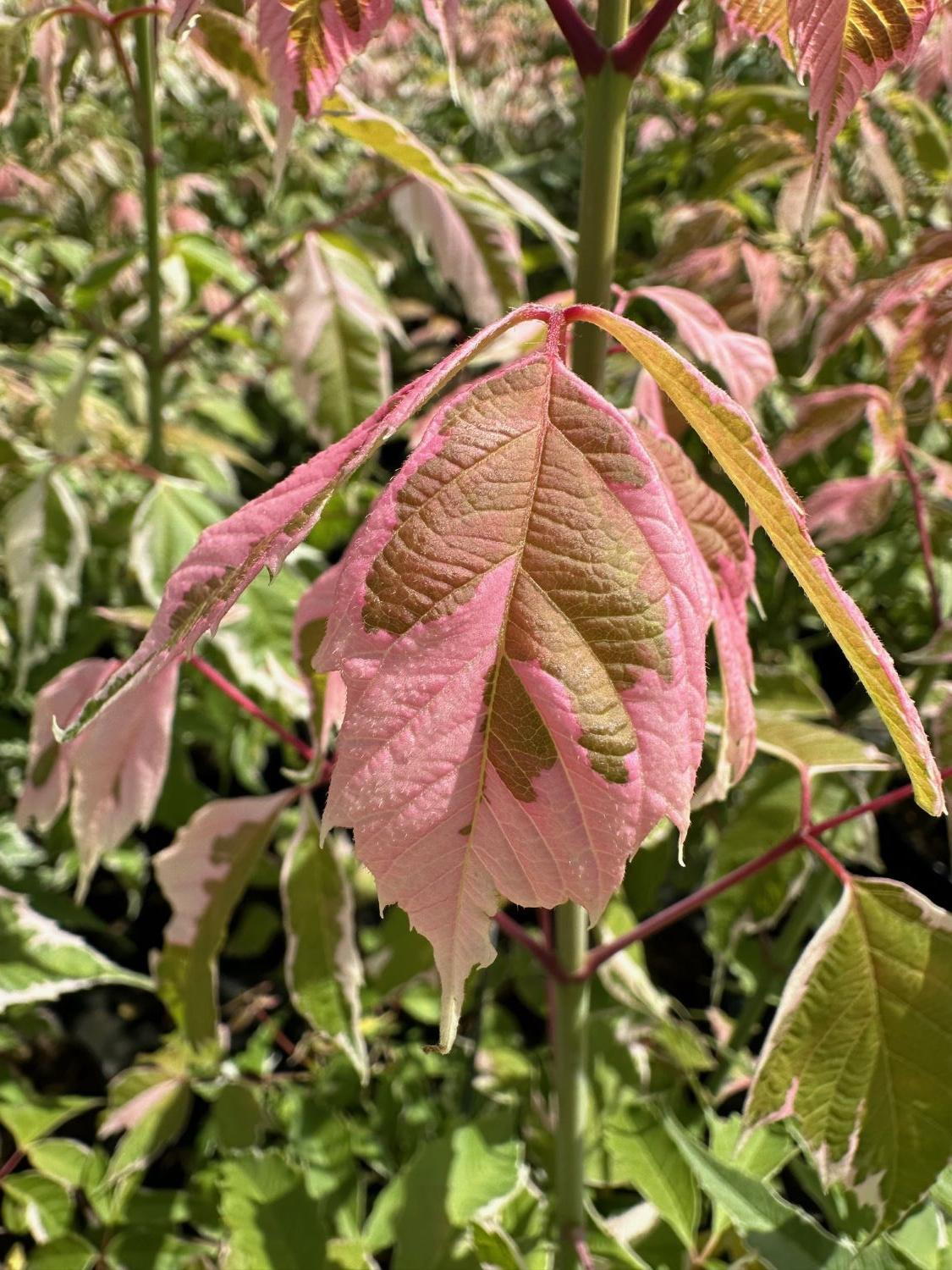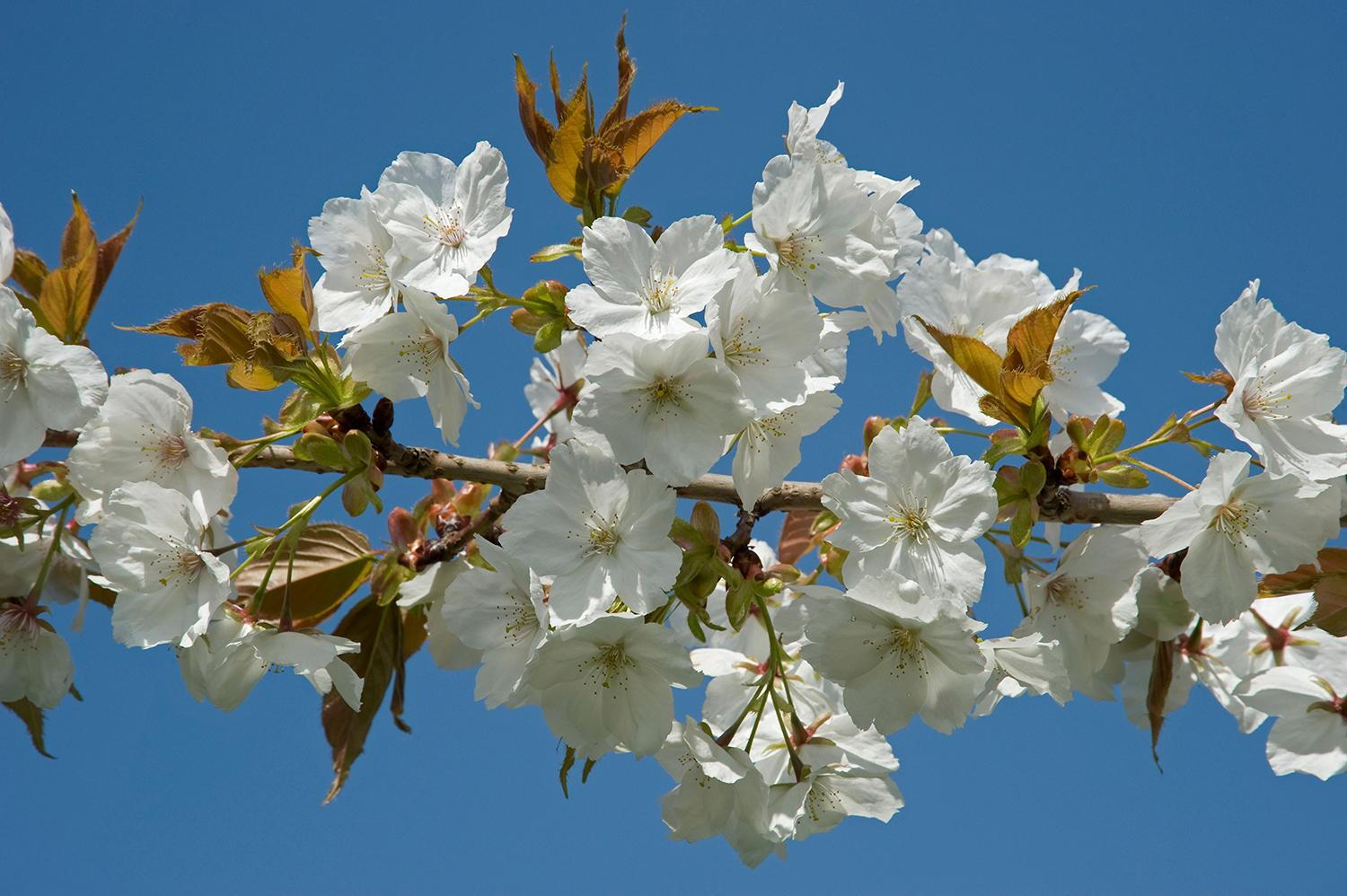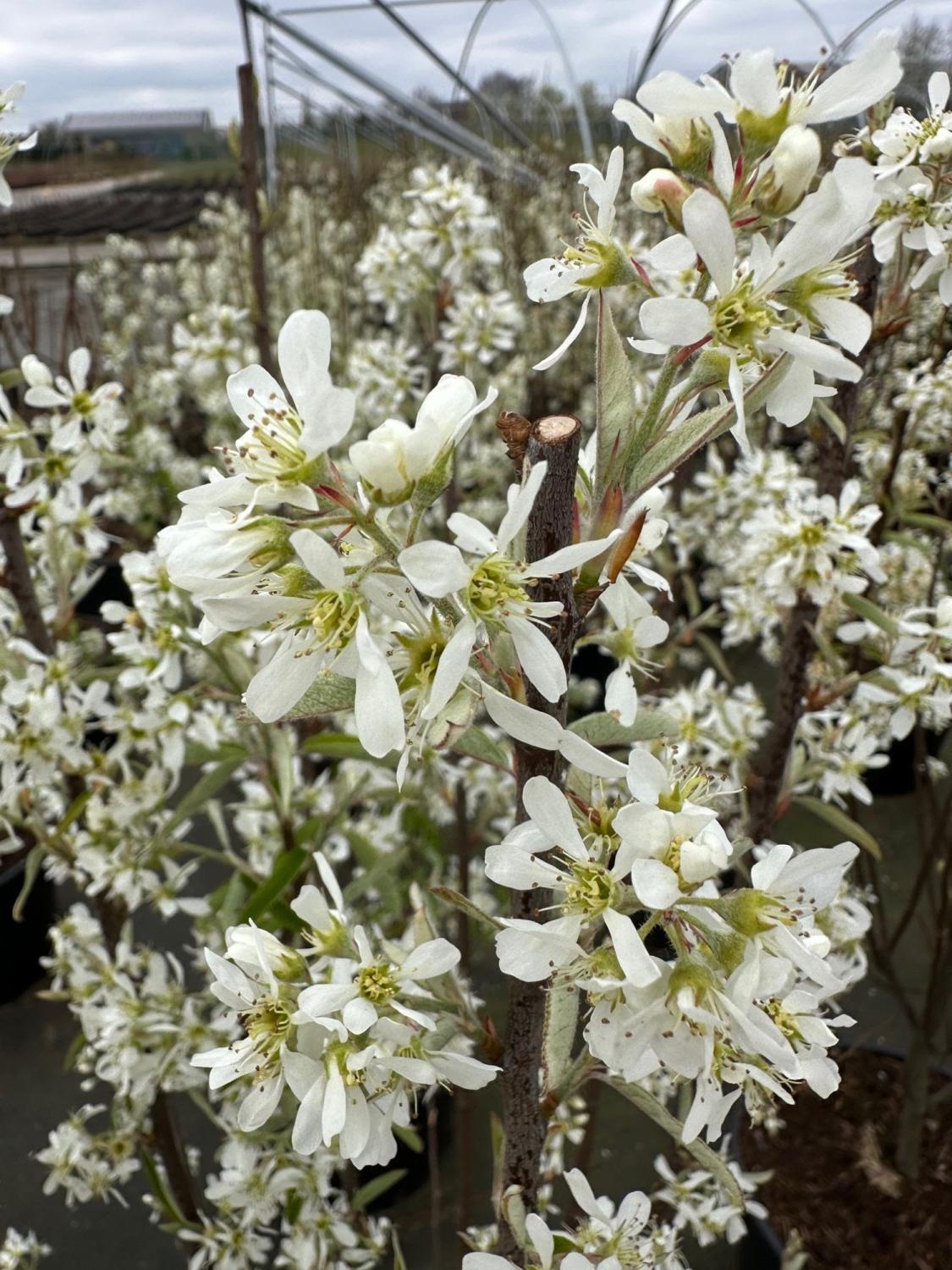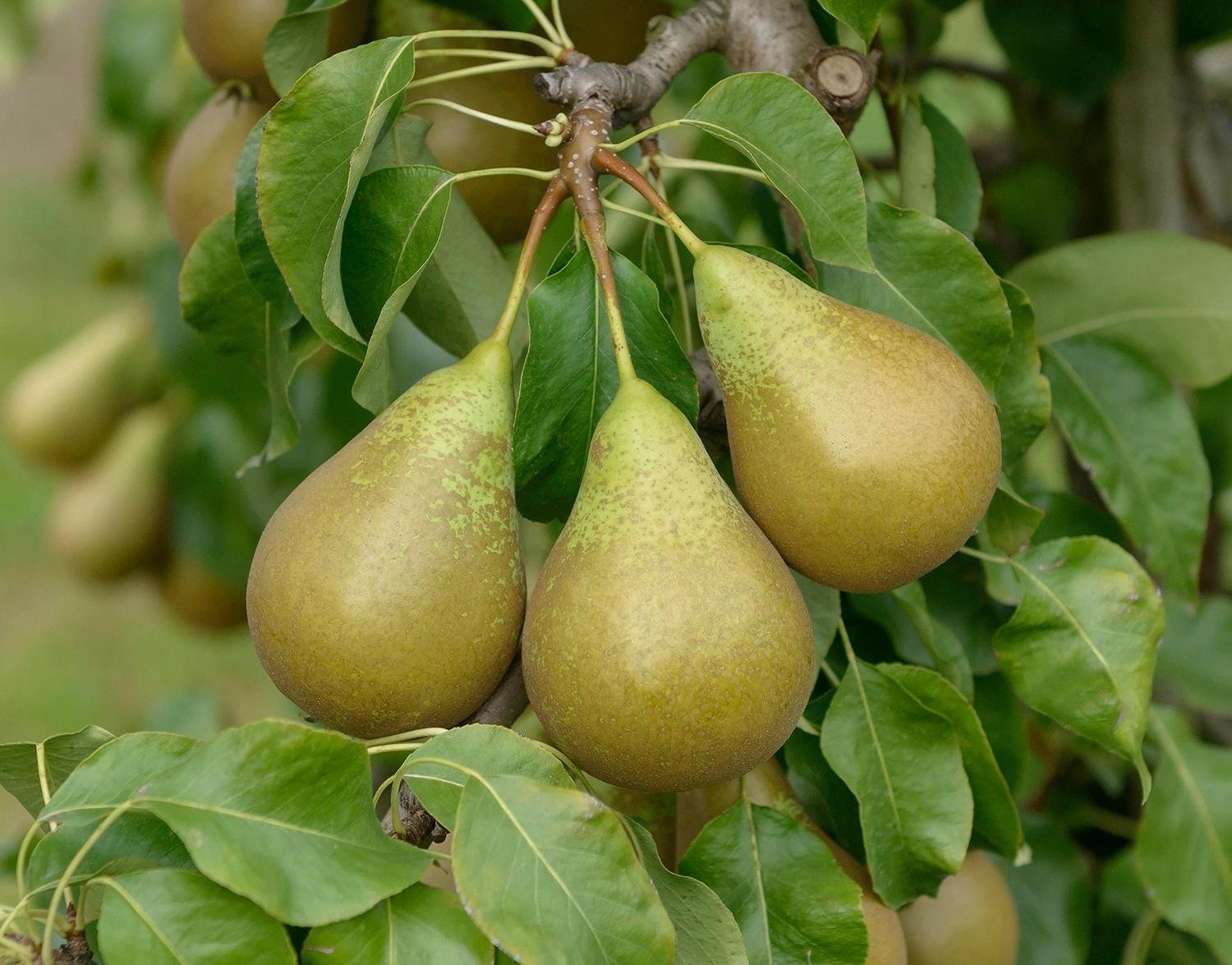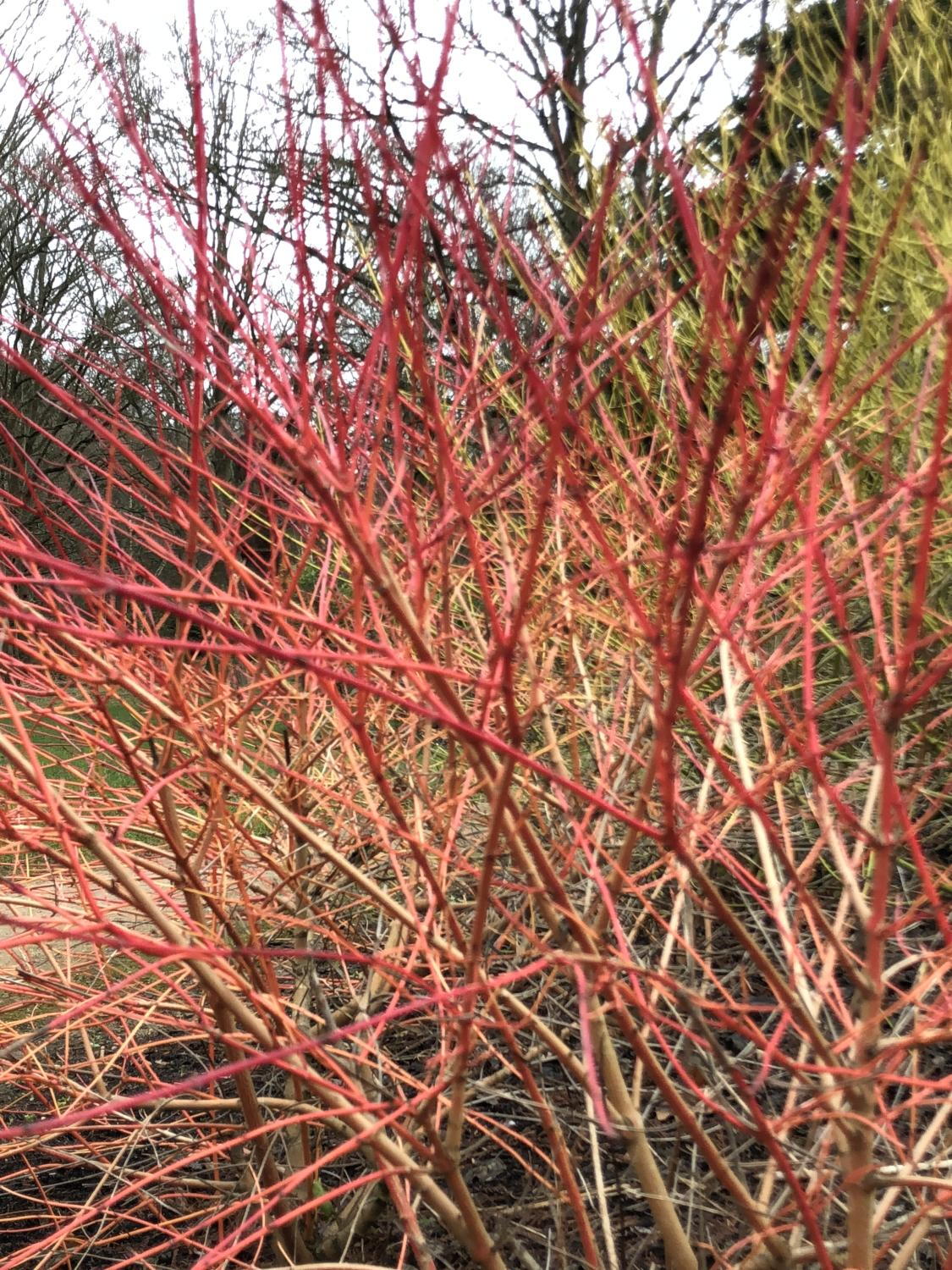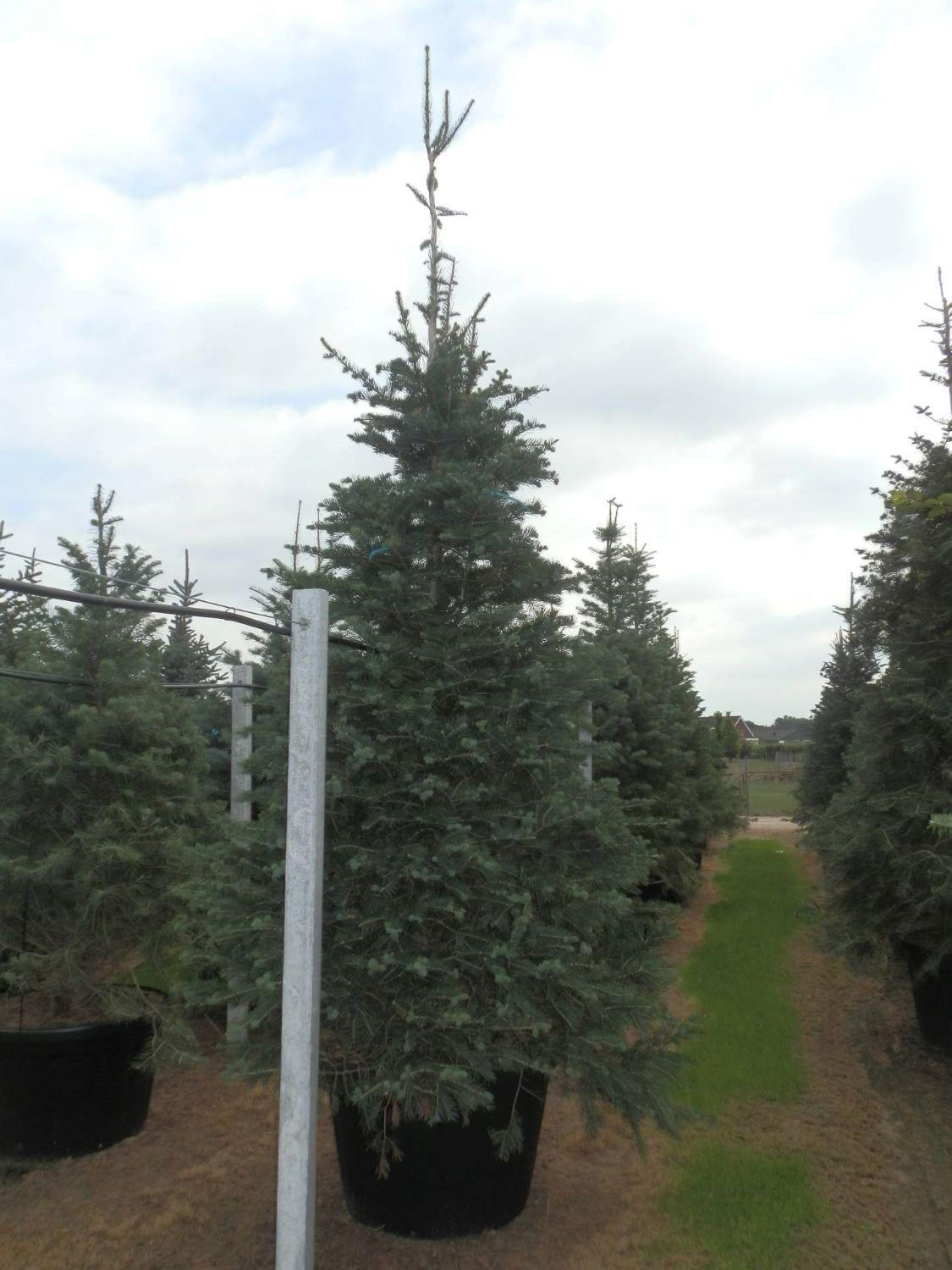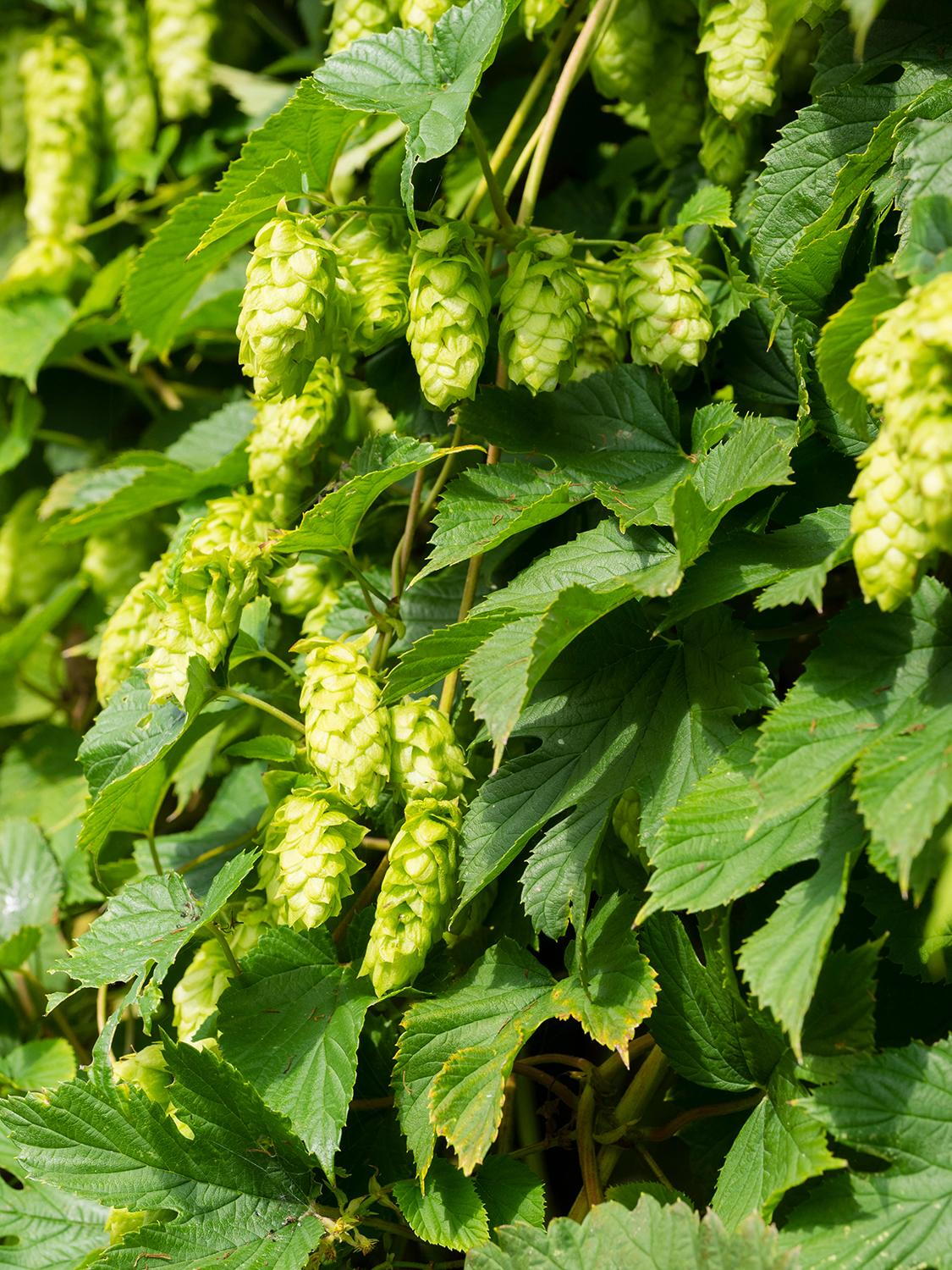Amelanchier Canadensis Rainbow Pillar Columnar Snowy Mespilus
Amelanchier Canadensis Rainbow Pillar, also known as the Columnar Snowy Mespilus Tree or Amelanchier canadensis Glenn Form, is a new and extremely desirable serviceberry variety which has much to recommend it. Native to North America, serviceberry trees have long been grown both as ornamentals and for their edible fruits. Amelanchier Canadensis Rainbow Pillar is a new variety developed in Ohio that has become a very popular small garden tree with a narrow upright habit. In spring, clusters of 5-petalled scented white flowers appear, followed by small, elliptical green leaves which put on a brilliant show in the autumn when they turn vibrant shades of red, orange and yellow, earning it the name Rainbow Pillar, with Pillar being a reference to the tall slim growth habit. The dark purple fruits which develop in late summer can be used to make jams and pies.Fully hardy in all parts of the UK, deciduous Amelanchier Canadensis Rainbow Pillar will grow to a mature height of 4 metres and spread of 2.5 metres in 20 years. Its narrow shape gives it the name Columnar Snowy Mespilus Tree, and makes it a good choice for small spaces. It needs little pruning except to remove dead growth. Plant Amelanchier canadensis Glenn Form in full sun or partial shade in fertile, moist, but well-drained soil. While it prefers a slightly acidic pH, it will do well in neutral soil also. Tolerant of salt, it is a good selection for coastal gardens, and is also somewhat tolerant of urban pollution, so will do well in a city garden. Deer are not attracted to Amelanchier Canadensis Rainbow Pillar, and it suffers from few diseases or pests, making it a good choice for almost any garden situation.The small size and attractive columnar habit of the Columnar Snowy Mespilus Tree makes it an appropriate planting for a container on a roof terrace or patio, where its spring flowers and autumn foliage colour will bring a long season of beauty- and the berries will attract birds to your garden! In a mixed border, a specimen Amelanchier Canadensis Rainbow Pillar will be an excellent complement to seasonal flowers. These trees also do well in a woodland garden or along a stream.Whether planted as a single specimen in a small garden, or in a grouping in a larger landscape, the Columnar Snowy Mespilus Tree has much to recommend it. The flowers, foliage, columnar shape and autumn colour make it an excellent choice of small tree!

